Request a Demo
Trusted by leading brands, retailers, manufacturers and service providers across industries such as:



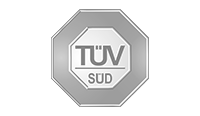










Digitization in procurement is not new: according to PwC 77% of the companies they recently surveyed are already onboard. Cost reduction remains the #1 strategic priority in procurement. Digital transformation is the enabler. The majority of companies in PwC’s 2022 review are already equipped with a procure-to-pay (P2P) solution or one that helps manage the RFX (request for x encompasses all RFI, RFP, RFQ or RFB) process. Affordable solutions to transform the sourcing process have been long in the making but are now widely accepted as the new normal for procurement teams. There are many benefits from digitizing: more efficient workflows, better data quality, risk reduction, higher price transparency, and driving purchase prices down, leading to both time- and cost-saving.
According to PwC, “82% of companies with a high level of process digitization succeed with value creation, thanks to data availability. Digital transformation is now also motivated by risk management and compliance, in addition to traditional objectives of process optimization and cost reduction. By 2025, middle market companies plan to strongly increase their investments in procurement digital transformation (+50% between 2020 and 2022), while large and very large companies will maintain their budgets.” Deloitte and PwC agree that CPOs are focusing their roadmap on S2P (source-to-pay) digitization. Automating the S2P process is no longer just nice to have.
Image Source: Deloitte
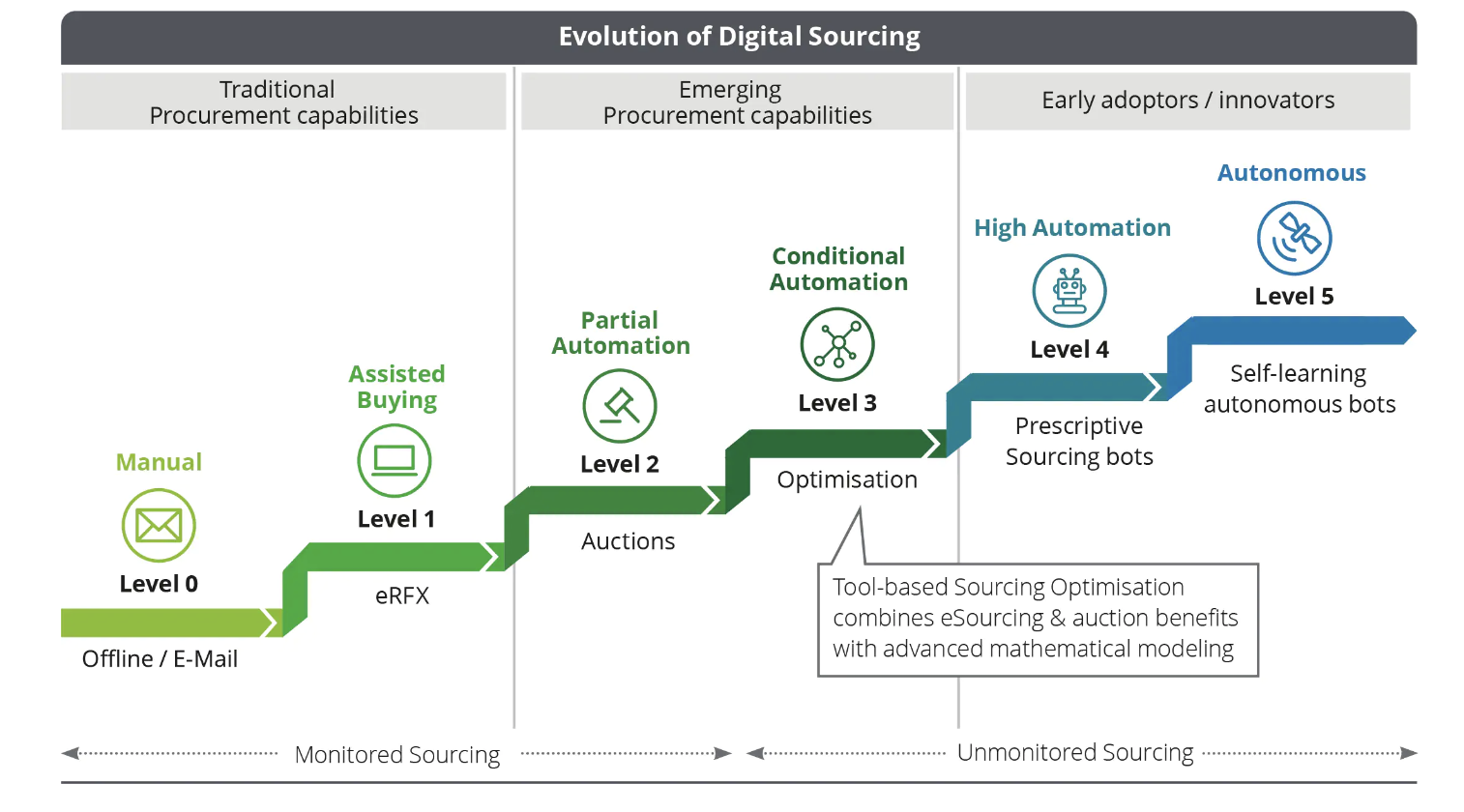
Automating procurement functions has not been seen as a priority for ERP vendors. As a result, specialized applications have been developed to fill the gap. The first ones were too expensive, too complex, and required a lot of customization to link with existing ERP systems. Cloud-based software solutions have come a long way. Sourcing has moved from being entirely manual, beyond email and Excel, which are error-prone and difficult to keep current. Sourcing is becoming data-driven, and technology has become the liberator.
Technology tools that automate repeatable tasks boost efficiency and drive down operational costs. Intuitive software solutions are enabling sourcing professionals to reduce the time spent on routine tasks, freeing them up to work on more strategic issues. It provides a centralized place to your team to source products and services, enabling them to request for bids (RFBs) or requests for proposals (RFPs) and request for quotations (RFQs) for services or product procurement.
Now, online low-code platforms brings power to business users. It helps them to create their own apps, interfaces, integrations and configurations across buying and sourcing. It provides a centralized place to your team to source products and services, enabling them to request for bids (RFBs) or requests for proposals (RFPs) and request for quotations (RFQs) for services or product procurement.
In recent years there are platforms that can quickly adapt to your changing requirements with low-code technology. Low-code platforms make it much easier for customers, end-users, in-house IT teams, and other stakeholders to manage their software in a more efficient and streamlined way.Your IT team can quickly set-up and deploy the solution. Online low-code platforms brings power to business users. It helps them to create their own apps, interfaces, integrations and configurations across buying and sourcing.
Digital transformation in sourcing processes is both making lives easier and raising the profile of the procurement function.
The #1 priority in procurement is still cost reduction. Digitization in sourcing delivers two streams of cost savings: procurement operational costs and the driving down of supplier prices. Hours are being saved in sourcing goods and services through automating the creation of RFX documents and running the sourcing process. Gathering of the input information from users is speeded up using chat and video features, collaborating on one platform and moving away from side channels. Multiple sourcing events can be run simultaneously using fewer resources. All of this results in operational cost savings. According to a McKinsey survey, automating the source-to-pay process can reduce spending with suppliers by 3.5%. The potential for automating the entire source-to-pay process is put at 56% of the tasks within the workflow by the survey.
Image Source: McKinsey
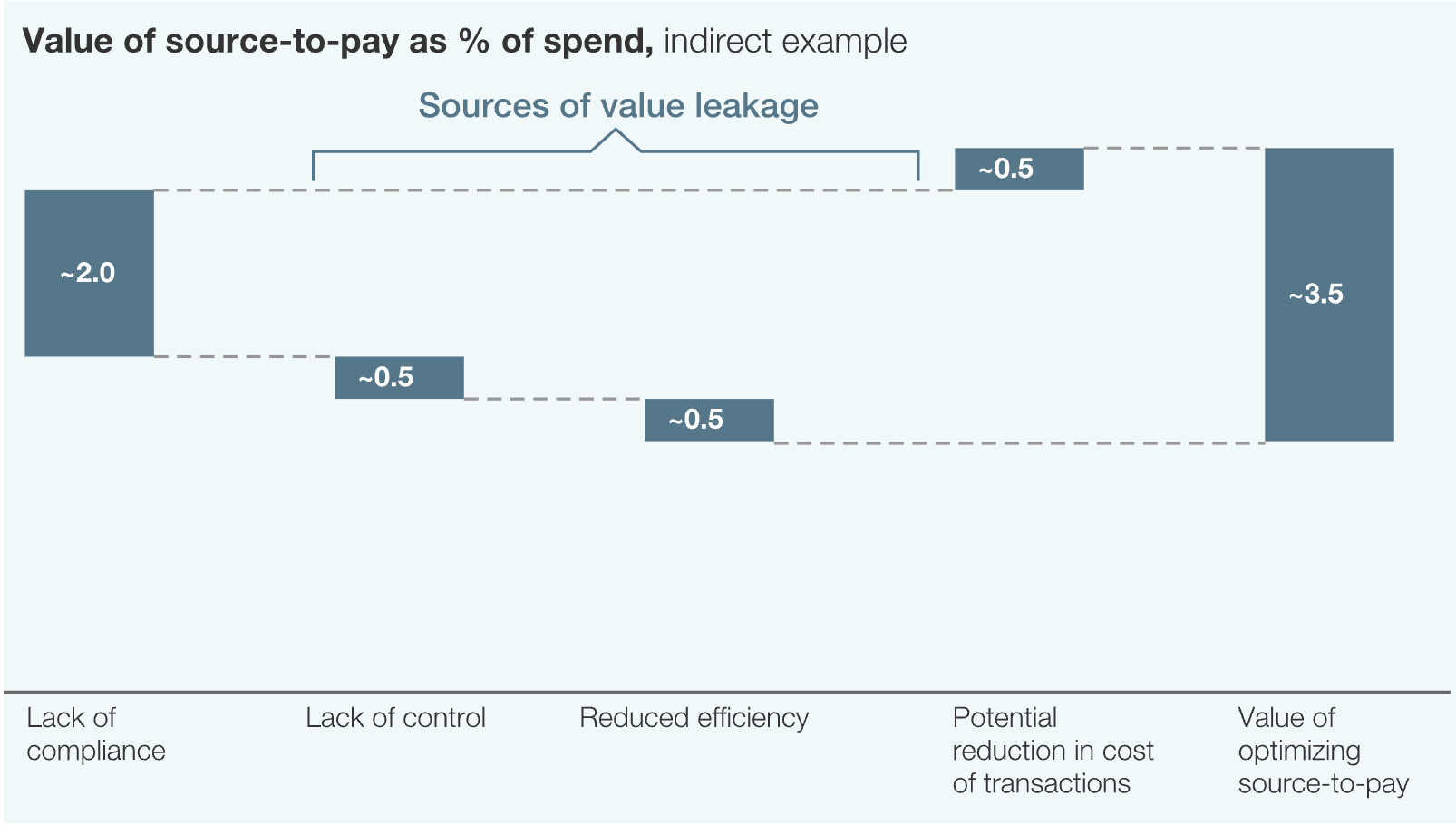
Optimizing sourcing processes by digitizing tasks increases workflow efficiency. It reduces
cycle times, the times taken in each stage from the preparation of an RFX through to the final contract, lowering operational costs. . Automating tedious manual processes frees up professionals to focus on creating value by directing their attention to more complex tasks.
Digitization improves the quality and reliability of current and potential supplier data. Sourcing teams can create a central repository, increase visibility and monitor the real-time status of activities. Data transparency is improved, which leads to more informed and fairer decisions on contract awards.
Digitization streamlines communications with external and internal stakeholders and end-users. Collaboration is important for the team – these tools can be used to help sourcing teams make more informed decisions, obtain information such as supplier ratings, product specification, certifications and pricing.
It is the opportunity for multiple users to procure the right supplier under one strategic umbrella. Sourcing teams can focus to shortlisting these suppliers based on the supplier ratings based on several factors such as their credibility, delivery time, price, and the quality of products they offer. This helps the team to make an informed sourcing decision and secure the right products.
Implementing a sourcing solution is not without pitfalls. The main issue is to choose the right solution for your operation. The digital and business landscape is moving quickly, being agile and adapting quickly is the key. Conventional software solutions are sometimes complex and require IT or developer intervention to implement. A low-code software solution is easily customizable, without the need for extensive coding knowledge. This enables companies to move faster and keep up with the ever-changing demands of the digital age.
Low-code also offers a high degree of scalability and flexibility. It also provides a more intuitive and user-friendly environment for the user. The next generation innovative start ups are attempting to address these issues by providing companies with agile, automated and data-driven tools to develop their roadmap for implementation.
The system must be intuitive for all parties in the sourcing process, not only the buying organization. Buyers need an efficient supplier onboarding process: suppliers want a speedy and simple way of submitting quotes, bids, or responding to related queries.
The chosen system must have a solid foundation to be able to fulfill the functional needs and no more. It must solve the identified problem areas without unnecessary additional features that cost. Modules should be available to add on when a need is identified.
Applications must be mobile-friendly and available on all devices. Not everyone is office-based.
In procurement, total cost of ownership (TCO) is a mantra; first cost is not the only consideration. The cost and quality of the support from the solutions provider are important factors.
The PwC study showed that more than 80% of companies surveyed with a high level of process digitization succeed with value creation, thanks to data availability. However 55% of companies struggle with leveraging their data.
Does this sound like something we could help you with? If so then get started today by contacting us at hello@topo.cc